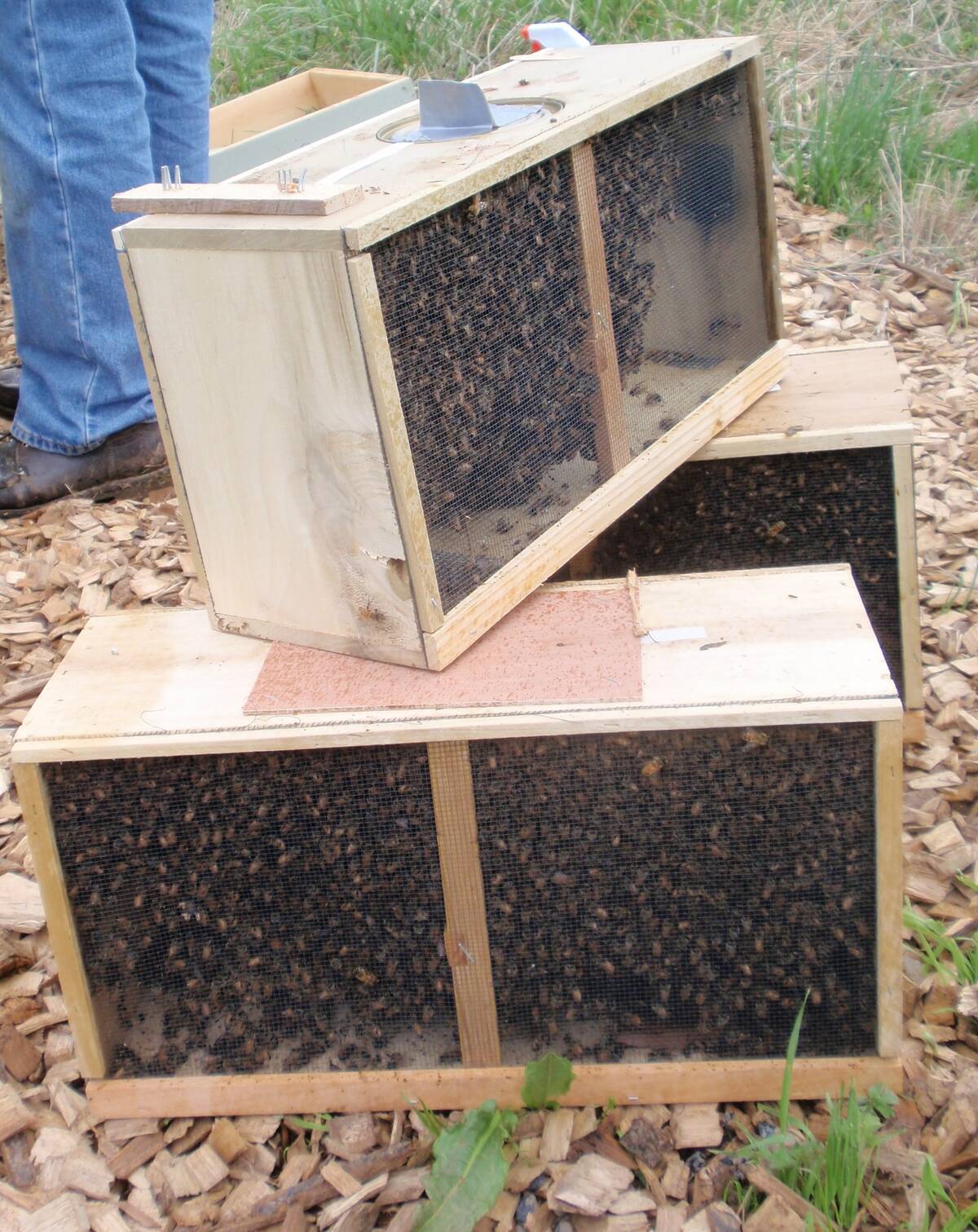Late summer is an exciting but bittersweet time for rural families. Thousands of rural youth are preparing for their life’s next phase after their high school graduation this past spring.
Some will remain in the communities they were born into, but most will leave to pursue further education or different opportunities. Whether or not they openly admit it, their families already know most of those who leave will only be coming back for holidays, celebrations and funerals.
This exodus of rural youth isn’t new. Exporting kids from farms and small towns to the cities has been a spinoff of improved farm productivity for over a century. Mechanization freed up farm labourers for better jobs in the city. Consolidation has led to fewer farmers relying on these communities as service centres.
Read Also

Canadian beekeepers call for regulatory accountability
Beekeepers say the Canadian Food Inspection Agency should restore packaged U.S. bee shipments, claiming the agency isn’t following evidence.
You don’t need to be a statistician to track the impact of these trends. Just drive down the main streets of the remaining towns and villages to see boarded-up businesses, churches and schools.
However, while many cite a lack of economic opportunities in rural places as the reason more kids don’t come home to stay, that is no longer as true as it might have been.
Agriculture used to be all about the heavy lifting, but today it is more of a mind-bending business. The sector now faces a critical shortage of workers, including those with technical and management skills, at a time when city jobs are getting harder to find. There are opportunities both for employment and entrepreneurship.
And if lots of space, big skies and open roads are your thing, it’s a great place to live. Recreational options abound. Houses with huge backyards cost a fraction of places to live in big cities. Improvements in connectivity have created new opportunities for remote work.
Yet still, the kids don’t come back.
Some say it’s because rural places don’t have enough urban conveniences, such as 24-hour stores or theatres and restaurants, but perhaps the reasons run deeper than work and play. Maybe it has something to do with how people see themselves and each other.
There are all kinds of jokes and even television sit-coms that make light of small-town quirkiness. Like the only time you need lock your car is during zucchini season. Or you don’t read the local newspaper to find out what happened; you read it to find out who got caught.
Kidding aside, there are different spins on the “smallness” of places and the narratives are often conflicting. Arguably, it is the attitudes underpinning them that will determine the future attractiveness of these communities as places to live.
Are small communities endearingly quaint, or stuck in a time warp? Are they places of acceptance and neighbourly kindness or bastions of intolerance and hostility towards those who are different — whether because of their talent and initiative, ethnicity, gender identity, who they choose to spend their lives with or their spiritual beliefs?
You can find both extremes, often in the same communities, just as you can in the city. The difference, of course, is that it’s harder to blend in when you stand out in a small place.
The young people leaving home this fall will for the first time have an opportunity to see and express themselves differently than how the place they came from has defined them so far.
Some will emerge from that journey of discovery in ways fully compatible with their roots. Others will find themselves changed in ways that no longer fit with country living — at least not the rural life they knew.
While many rural places are desperately seeking the youthful energy needed for their survival, the ones that succeed will be the ones who embrace change and diversity in its many forms. It’s one thing to share community traditions and values from one generation to another. It’s another to enforce conformity with them.
If coming home means a person can’t be who they are, chances are, they won’t.
















